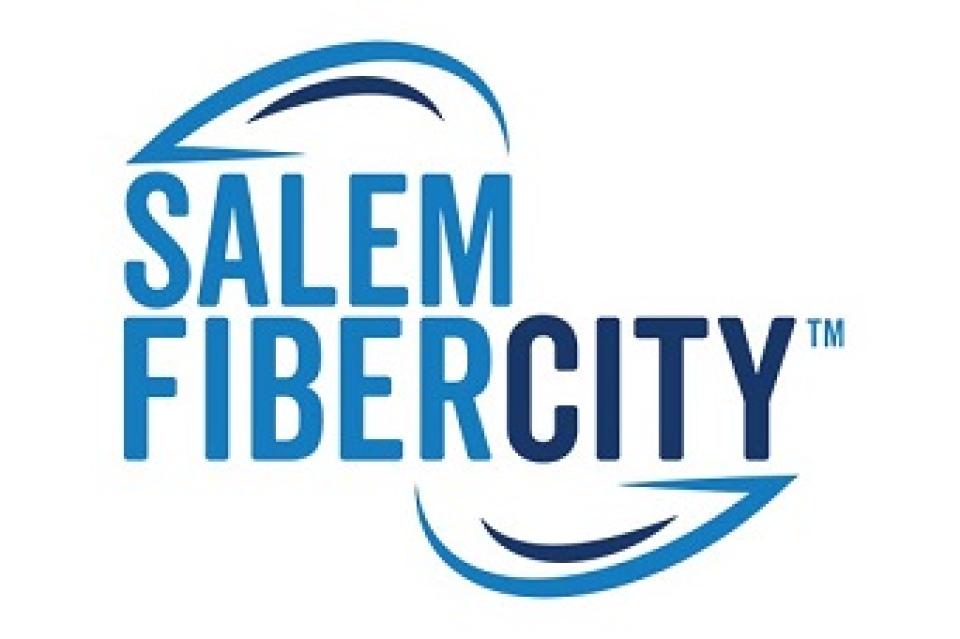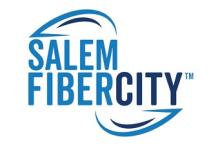
Fast, affordable Internet access for all.

Privately-owned broadband infrastructure builder and operator SiFi Networks is sprouting roots in cities from California to the Commonwealth of Massachusetts.
The Fullerton FiberCity network was SiFi’s first FiberCity — a privately built, financed, and operated open access network. Network construction in Fullerton started in November 2019 and involved over 600 miles of micro-trenching underground fiber, a technique designed to minimize traffic and neighborhood disruption sometimes associated with ripping up roads to install fiber conduit. The first residential customers were hooked up in June, with an anticipated completion date in the fall of 2021.
And while construction of the fiber network in Fullerton isn’t quite finished yet, eight other communities across the country are in the process of becoming the next SiFi fiber cities.
Salem
In Salem, Ma., SiFi Networks announced at the end of November it had completed a “construction trial” which is a “practice run” ahead of the actual construction of the citywide network, slated to start this spring.
Once completed, the Salem project, in which SiFi Networks is partnering with GigabitNow, will offer the city’s 43,180 residents an alternative to the monopoly services of Comcast. GigabitNow, which will be the Internet Service Provider (ISP) for Salem FiberCity, estimates they will be able to begin providing services as early as summer 2021.
It should be noted that open access networks are intended to entice multiple ISPs to enter the market and create more robust competition by separating the infrastructure and service components of broadband access. However, it is currently a challenge in some areas to find a multitude of ISPs to compete on these networks, in contrast to UTOPIA Fiber, which has 13 ISPs, and the open access networks operating in Chelan County and Grant County PUD’s in the state of Washington.
Nevertheless, Salem residents like William Phu, currently a Comcast subscriber, are eager to switch to the SiFi network. Phu telecommutes to his Boston-based job, which is about a 45-minute drive from his home.

The SiFi Network/Open Access Model
SiFi’s FiberCity model is somewhat unique in the United States, and is much more common in Europe and Asia. Unlike hundreds of other communities with municipal broadband networks, SiFi Networks are privately built and financed. Once construction is complete the company's subsidiary, SiFi Networks Operations, sells wholesale capacity to as many Internet Service Providers (ISPs) as want to enter the market. It’s what’s referred to as an open access network, which we believe provides a solution to the problem of ensuring that high-quality broadband exists in a competitive market, with multiple ISPs sharing the same physical network.
Municipally owned networks using the open access model are often compared to road systems whereby roads are built and maintained with public funds and taxes on vehicles, but do not themselves fill the coffers of municipalities. The network is then used by everyone — trucking companies, UPS, taxi cabs, pizza delivery people, etc. — to deliver services or get around. For the municipality, the net gain of building robust road systems comes in economic development successes, improvements in quality of life, and other indirect benefits rather than direct profits.
Building open access broadband networks along the same principles has shown itself to be immensely successful at fostering competition and delivering economic gains in some U.S. communities, but also more extensively in Sweden, France, and Japan [pdf]. In the United States, the open access model has been used less frequently, in part because of differences in national regulation and the power of the largest corporations to shape policy.
SiFi Networks Expanding Vision
“[O]ur vision really is to create as many last-mile fiber optic networks as we can across the USA in a long term sustainable fashion,” SiFi Networks CEO Ben Bawtree-Jobson said on our Community Broadband Bits podcast just as Fullerton was getting off (and into) the ground. “[W]e're all about long-term, dry, low-yielding, risk-mitigated investments, so everything we do is based around 30-year plus type investments.”
In addition to Fullerton and Salem, SiFi Networks has its sights set on building privately-owned open access networks in East Hartford, Conn; Saratoga Springs, NY; Kenosha, Wisc; and four cities in California — Placentia, Simi Valley, Pittsburg and Rancho Cordova.
In East Hartford, Saratoga Springs, Pittsburg, and Rancho Cordova, the design work has been completed with SiFi now in the process of finding ISPs for those cities. In Placentia, a feasibility study has been completed but the project has not yet entered the design phase. In Kenosha, a feasibility study is underway but hasn’t yet reached the design phase.
Listen to Chris talk with Ben about the SiFi model in episode 360 of the Community Broadband Bits podcast below.

